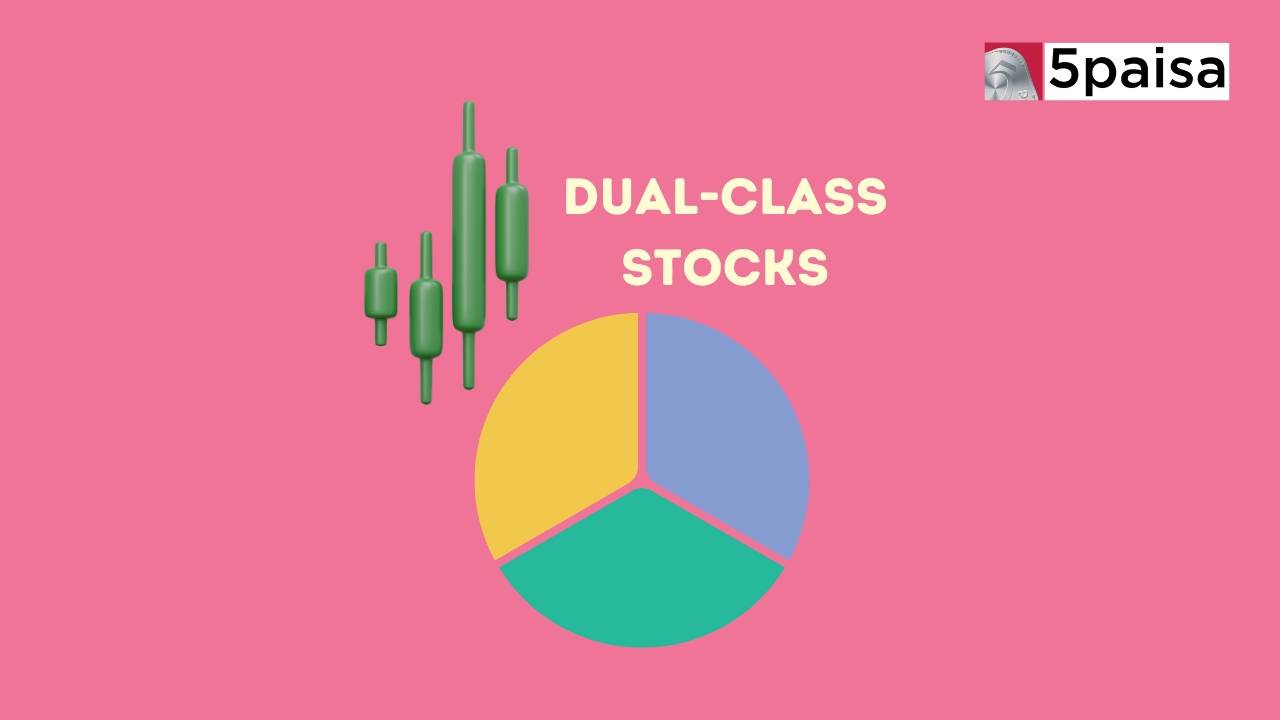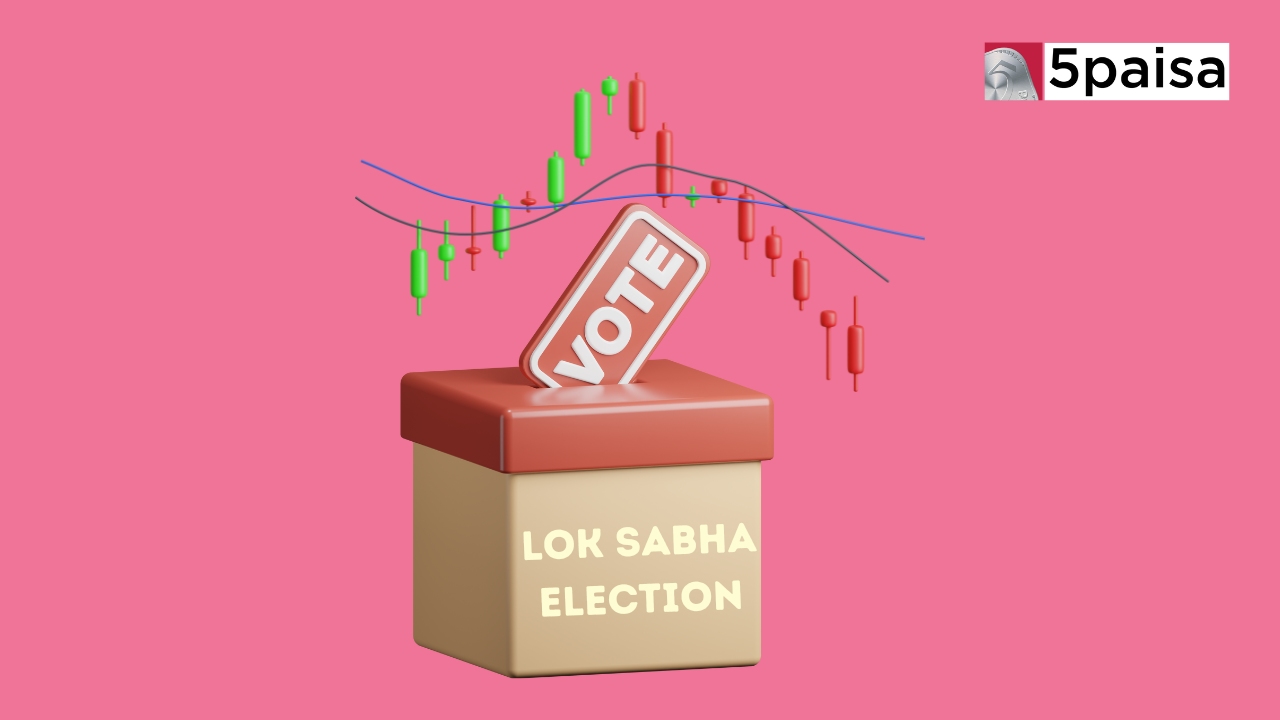Bank Nifty No Loss Strategy

Trading in the stock market can be a rewarding yet challenging endeavour. While one can make enormous amounts of money, a misstep can also prove to be a costly affair and one can end up losing a significant portion of their capital.
No wonder then that investors are always on the lookout for strategies that can minimize risk and maximize returns. One such strategy gaining popularity these days is the Bank Nifty No Loss strategy.
This approach aims to provide a reliable framework for traders to participate in the Bank Nifty index while minimizing potential losses.
White no trading strategy can ever eliminate losses completely, risk can be managed and mitigated.
What is Bank Nifty?
Before understanding Bank Nifty no loss strategy, let’s know a few basics first. Bank Nifty is a sectoral index that represents the performance of the banking sector in the Indian stock market. It consists of the most liquid and actively traded banking stocks listed on the National Stock Exchange (NSE).
Launched in 2009, the Bank Nifty is an index of the 12 biggest and most liquid banking stocks by market capitalisation.
The Bank Nifty has become so important an index such that several traders now manage to make their living exclusively trading in this index. This is what has led the trading community to devise several strategies around the Bank Nifty index.
As the banking sector plays a crucial role in the economy, Bank Nifty provides valuable insights into the overall market sentiment.
But the Bank Nifty index does not come without its own set of pros and cons. Since the index is volatile, it provides an opportunity for traders to generate some real profits as they can see that significant price jumps are very likely. An intraday trader can easily hope to generate returns of between 2-3% on a good trading day.
What is a Bank Nifty No Loss Strategy?
The Bank Nifty no loss strategy is designed to protect traders from incurring significant losses while participating in the Bank Nifty index. The core principle of this strategy is to use options to hedge against potential downsides.
Before we delve into the various Bank Nifty no loss strategies, here are a few things that a trader should keep in mind.
Identify the Trend:
The first step in implementing the Bank Nifty no loss strategy is to identify the prevailing trend in the index. This can be done using technical analysis tools and indicators. Recognizing the trend helps traders determine whether to take bullish (buy) or bearish (sell) positions.
Establish Stop Loss Levels:
Once the trend is identified, traders need to set stop loss levels. These levels act as safety nets and help limit potential losses in case the market moves against their positions. Stop loss orders can be placed based on support and resistance levels or other technical indicators.
Use Options for Hedging:
To protect against adverse price movements, traders can use options to hedge their positions. Options provide the right, but not the obligation, to buy or sell Bank Nifty contracts at a predetermined price (strike price) within a specified period (expiry date). By strategically buying put or call options, traders can offset potential losses and limit their risk exposure.
Regular Monitoring:
It is crucial to regularly monitor the Bank Nifty index and adjust the hedge positions accordingly. As the market dynamics change, the stop loss levels and option positions may need to be modified to align with the evolving trend.
So, what are the various strategies that Bank Nifty traders can follow to minimise risk?
Selling Covered Calls
In the ‘selling covered calls’ strategy, call options are sold against shares of an underlying asset that one already owns. The premium received from selling the call option generates income. Now, if the underlying asset remains below the strike price of the call option, such an option will expire with no worth and the investor will keep the premium. But, if the underlying asset rises above the strike price, the investor may need to sell the shares at the strike price, limiting potential gains.
Selling Cash-Secured Puts
In the ‘selling cash-secured puts’ strategy, a put option is sold against an underlying asset with the intent of buying the asset if it is exercised. The premium received from selling the put option generates income. While adopting such a strategy if the underlying asset remains above the strike price of the put option, the option will expire worthless and the investor will get to pocket the premium. But if the underlying asset falls below the strike price, he or she may have to buy the asset at the strike price from the put option buyer.
Iron Condor
‘Iron condor’ essentially refers to a strategy that involves selling both a call option and a put option with the same expiration date, but at different strike prices. The difference between the two respective strike prices determines the profit and risk. The premium earned from selling the options generates income for the trader. If the underlying asset remains within the range of the two strike prices, the options will expire with no worth and the investor will keep the premium. However, if the underlying asset moves beyond either strike price, this way or that way, the investor may have to bear a loss.
Bank Nifty Covered Call Strategy
The Bank Nifty covered call strategy is a popular options trading strategy to generate income from an underlying asset. This also makes sure that the strategy helps provide downside protection.
This strategy can be applied to the Bank Nifty in the following ways.
1. Identify the underlying asset, which in this case is the Bank Nifty.
2. Buy Bank Nifty stocks. These include Axis Bank Ltd., Bandhan Bank Ltd., Bank of Baroda, Bajaj Finserv Ltd., HDFC Bank Ltd., ICICI Bank Ltd., IndusInd Bank Ltd, Kotak Mahindra Bank Ltd, Punjab National Bank, State Bank of India, Federal Bank Ltd. and AU Small Finance Bank Ltd.
3. Sell Call options: A trader can offload call options against the Bank Nifty shares he or she owns. This is done by selling call options contracts with a strike price above the current market price of Bank Nifty. One can also consider selling call option strike which has the highest Open Interest.
4. Earn premiums: Once a trader sells call options, he or she will receive a premium from the buyer of the option. The trader gets to keep this premium regardless of whether the option is actually exercised.
5. Profit and Loss: If the price of the Bank Nifty remains below the strike price of the call option at expiration, the option will expire worthless and you will keep the premium. However, if the Bank Nifty share price rises above the strike price of the call option at expiration, you may have to sell the shares at the strike price, limiting potential gains.
Bank Nifty Cash Secured Put Strategy
This strategy should typically be considered before using the covered-call strategy.
The cash secured put strategy involves selling put options on an underlying asset with the aim of buying the said asset if the option is used.
Here’s a step-by-step guide on how the strategy can be applied to Bank Nifty.
1. Identify the underlying asset, which in this case is the Bank Nifty.
2. Identify the desired price at which the Bank Nifty can be bought if the option is exercised
3 Sell put options contracts at the desired strike price and expiration date. Selling the put options obligates the trader to buy the Bank Nifty shares at the strike price if the option is exercised.
4. Once the trader sells the put options, he or she will earn a premium from the buyer. This premium is the seller’s income regardless of the outcome of the trend.
5. The trader will need to set aside some cash, of the order of Rs. 10 lakh, in their account to cover the purchase of the Bank Nifty stocks if the option is exercised.
6. Profit and Loss: If the Bank Nifty share price remains above the strike price of the put option at expiration, the option will expire worthless and the trader will pocket the premium. On the other hand, if the Bank Nifty share price falls below the strike price of the put option at expiration, the trader may have to buy the shares at the strike price using the cash that had been set aside earlier. The premium which the trader had collected after selling the options will remain with them.
Risks in Executing Aforementioned Strategies
Like we mentioned above, no trading strategy is ever completely risk free and as a trader one can potentially incur big losses if one is not careful. All a trader can do is to mitigate the risk involved.
Risk related to Covered Call
Even the most accomplished trader can lose money if the underlying asset price falls significantly. Moreover, there is always the possibility of being assigned to sell the shares at the strike price if the underlying asset price rises above the strike price. So, this is a risk that every trader should be aware of before adopting the covered call strategy.
Risk related to Cash-secured Put Strategy
One can suffer a loss if the underlying asset price falls by a significant amount. It is also important to have cash set aside here in case the option is exercised.
Conclusion
While exercising these option strategies can help you generate good weekly or monthly income, each such strategy comes with its own risks and rewards. Before a trader tries to adopt any of these options trading strategies, he or she should fully understand the market and must also consult a financial advisor.
Trading the Bank Nifty can make one good money and be a source of income for the long term. But if not done right, one can also end up losing a big chunk of one’s capital. So, all these strategies should be adopted with a lot of caution and one should seek to mitigate risk each step of the way.
 Tanushree Jaiswal
Tanushree Jaiswal



